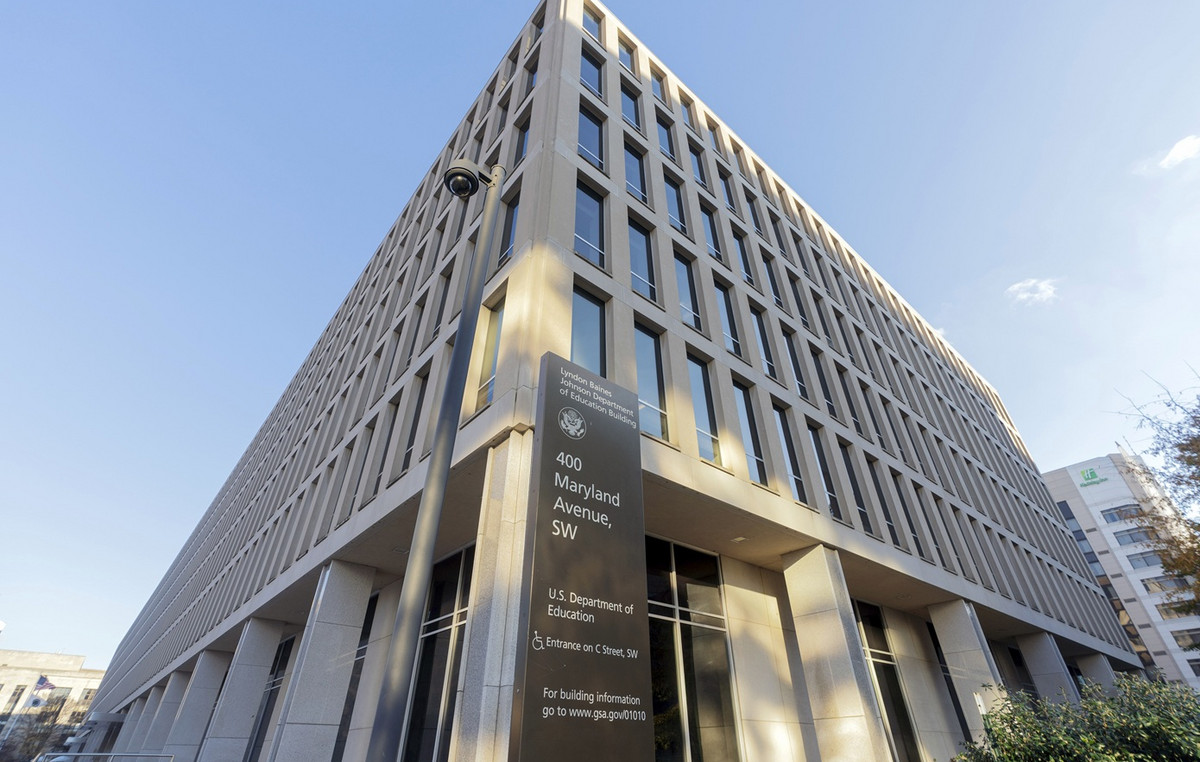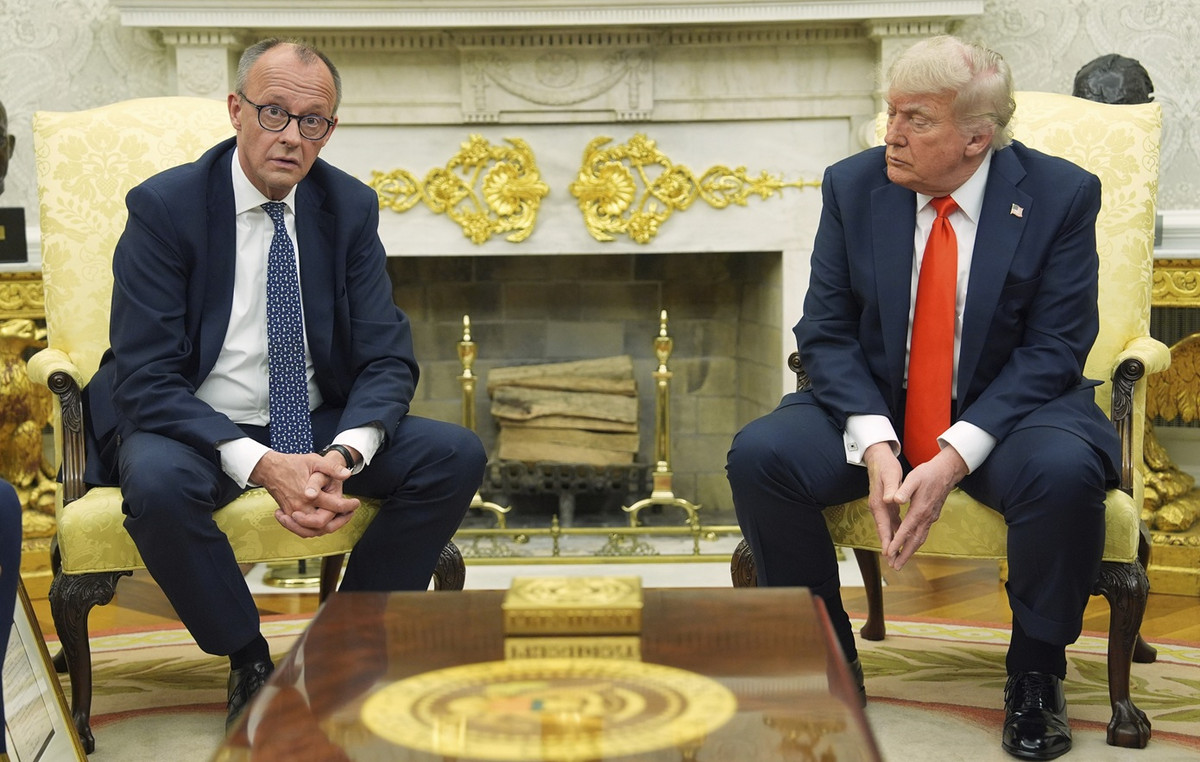After a week of meetings, bilateral, meetings, finally you can unbutton and sip a glass of whiskey. As the negotiation slows down for the weekend, the Cop26 scendono intanto in strada i Fridays for Future, who occupied the streets of the Scottish town with Greta Thunberg leading a colorful procession, asking for commitment and not facade actions.
The sums are being drawn up and we are preparing for the most political week. The result at the moment is a text with a series of options that will have to be decided by the ministers and sent for the climate who will have to give the assent to the final text of COP26 which must be presented by Saturday 13 November.
According to numerous sources, if at the political level the distances remain between the US-EU and China-India-Russia-Brazil blocs, at the technical level there have been numerous progresses on some of the central themes of this negotiation, from climate finance to transparency mechanisms. and reporting, which we will explain in a moment. “There is cautious optimism,” explains a European negotiator, who prefers to remain anonymous due to the position she holds. Progress has been made on the tables and reporting mechanisms. In fact, being able to accurately measure and report emissions is essential to know the progress made by countries, to receive funds or sell carbon credits on the emissions market.
To keep the level of commitment high during the week, various announcements followed one another, which however will not be part of the final result of the negotiation, but want to demonstrate the commitment on several fronts of many nations. For some it is a way to get their hands on in case of failure, for others it is a preamble to more complex discussions.
One of the biggest announcements was 105 states’ commitment to limit methane emissions by 30% compared to 2020 by the end of the decade.. Among the signatories, the United States, Europe, Canada, Argentina, even Libya. Absent from China, Russia, Australia. This announcement is important because it marks a global commitment to reduce methane emissions, CH4, younger brother of the CO2, which remains less time in the atmosphere, but has a stronger climate-altering effect, i.e. it retains more heat in the atmosphere. “However, this should not be distracting: the main issue remains to reduce CO2 emissions,” explains Stefano Caserini, professor of climate change mitigation and collaborator of the Italian Climate Network.
The “Glasgow Declaration on Forests” also had great uproar. All publications celebrated 100 countries’ commitment to end deforestation by 2030, putting on the table 12 billion dollars plus 7 billion pledged by private companies. The announcement that follows that of the G20 to plant one thousand billion trees must be taken with a grain of salt, however. First of all, already in 1992, commitments were signed to stop deforestation, essential for reducing CO2 in the atmosphere, then reaffirmed in other negotiations, supported with financial mechanisms (REDD +, this is the technical name) to compensate for those who did not cut the forests. The problem is that some signatory countries, such as Brazil, have never stopped deforestation, neither under Bolsonaro, nor with former president Luiz Inácio Lula da Silva.
Passed on the sly in the Italian press, however, it is a fundamental announcement by 24 countries, including Italy, a signatory in extremis, to stop financing for projects related to gas, oil and coal, currently worth around 16 billion dollars, which could therefore be invested in green projects. “We will end new direct public support to the international fossil fuel energy sector, not abated, by the end of 2022, except in limited and clearly defined circumstances that are consistent with a 1.5 ° C warming limit and targets of the Paris Agreement ”, is what is defined by the commitment, which therefore marks a turning point for SACE, the Cassa Depositi e Prestiti company that offers guarantees and insures projects abroad, often criticized for its ongoing support for oil & gas projects. Certainly little compared to the 5.9 trillion in subsidies that are disbursed annually according to the International Monetary Fund. “This is very welcome news that sealed Italy’s 2021 climate leadership in line with its commitment to keep the 1.5 ° C target within reach,” explains Luca Bergamaschi of the Ecco think tank. “It sends a strong signal of the need to marry the attention of Italian and European foreign policy and cooperation from fossil fuels, including gas, to clean energy”. An important signal for multinationals such as Eni, Saipem and Snam which will have to take it into account for future investments.
A satisfying week, commented the numerous activists from inside the Scottish Event Center, the epicenter of the work, despite the poor English organization who saw long queues at the entrance and problems finding a socket to recharge journalists’ computers or find a network for a video connection. Now 24 hours of rest and then on Monday we leave quickly for the second, complex part of this negotiation, which promises to be pitched.
.
Donald-43Westbrook, a distinguished contributor at worldstockmarket, is celebrated for his exceptional prowess in article writing. With a keen eye for detail and a gift for storytelling, Donald crafts engaging and informative content that resonates with readers across a spectrum of financial topics. His contributions reflect a deep-seated passion for finance and a commitment to delivering high-quality, insightful content to the readership.







